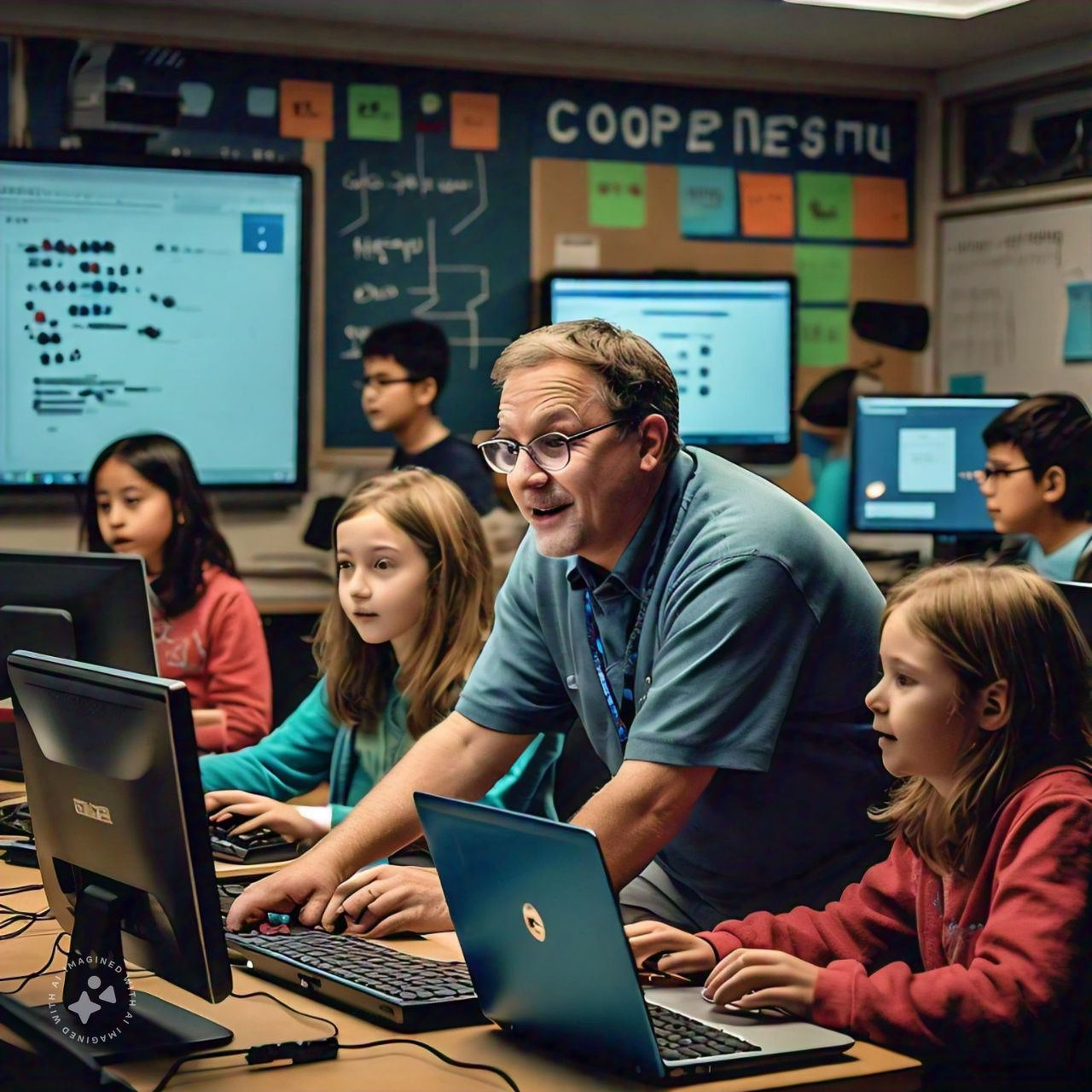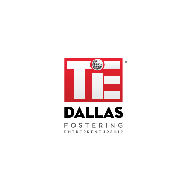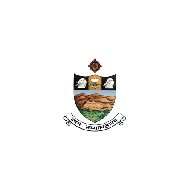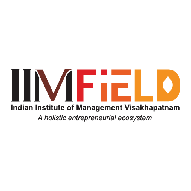Update: This article was last updated on 6th January 2025 to reflect the accuracy and up-to-date information on the page.
Have you ever wondered how computers understand what we say? It’s like having a conversation with a robot! One way to help these machines understand us better is through prompt engineering. Introducing engineering to students can have multiple benefits that can be explored by using such innovative methods. This guide will explain prompt engineering and how you can use it to teach AI to think.

What is Prompt Engineering?

What is prompt engineering for educators? Prompt engineering for educators is ensuring the right set of questions or instructions-the prompts-to elicit the best responses from an AI. What is prompt engineering in AI? Imagine you have a friend and a puzzle. You give them some clear and precise clues so they understand what you are trying to express. The more specific the clues, the better the answers! For an educator, that is his job-to provide clear prompts to help the AI learn.
Why is Prompt Engineering Important?
What teachers and educators would have to be great at with the help of effective prompt engineering is when they converse with a bot, it must understand what the person needs, so as to give great responses. With the right prompts, the bot is able to clearly understand the speaker. When asking, for instance, “How is the weather?” the AI cannot tell whether today, tomorrow, or the week after the speaker is talking about.
But if you ask, “What’s the weather like today in New York?” it knows exactly what you want!”
Benefits of Prompt Engineering:
👉Greater Developer Control: Prompt engineering for kids offers greater developer control, enabling engineers to shape user interactions, limiting misuse, and ensuring relevant responses.
👉Better User Experience: The users get correct results without having to try several times.
👉Higher Flexibility: Prompts can be reused across different contexts. Organizations can scale their AI solutions effectively and tailor them to the specific needs of users.
👉A prompt engineering course for kids will help them develop the skills to communicate more effectively with AI, making their interactions more precise and productive.
You may love reading: What is Prompt Tuning? A Deep Dive into AI Optimization
How to Create Good Prompts
Here are some simple steps to create effective prompts:
1. Be Clear and Specific
Endow yourself with prompt engineering through the use of simple words and being explicit about what you want. Do not say “Tell me about animals.” Instead, say, “Tell me three interesting facts about dolphins.” Now you are the boss, and the AI clearly knows what it is supposed to focus on and will therefore come up with something more accurate and useful.
2. Use Examples
Provide illustrative examples so that the AI guides its understanding; for example, if you query, “Could you provide an idea for me to work into a story?,” you would say, “Like the case of a fierce knight and the dragon.” Now, aside from helping the AI understand what to look for-what kind of style or subject you’re requesting-it makes one feel as influential in the potential response.
3. Ask Open-Ended Questions
Enhance your learning with prompt engineering by asking an open-ended question. Instead of asking, “Is pizza good?” ask, “What are the various types of toppings in pizza and which are mostly used?” That will encourage more extended responses as well as filling you with rich information.
4. Give Context
If you are wondering what the best way to think of prompt engineering is. And if your question is about a specific thing, put that background in. So instead of asking, “What should I do?” say, “I’m bored on a rainy day; what fun things can I do indoors?” This sort of background will help the AI understand the situation and provide a more relevant answer.
You may love reading: Coaching vs Teaching – What are the Differences & Similarities?
Use Cases for Prompt Engineering
✍️Subject Matter Expertise: Prompt engineering enables AI to provide specialized knowledge by referencing reliable sources such as peer-reviewed journals, academic databases, and industry reports, making it invaluable for research and detailed inquiries.
✍️Critical Thinking: Engineer prompts for instructors so that AI models become excellent at the analysis of intricate problems and give thoughtful solutions. This is made possible by the utilization of sophisticated algorithms that can handle large volumes of data, look for patterns, and make predictions, thereby enriching decision-making processes.
✍️Creativity: Using generative AI as a tool for developing prompt engineering to support educators requires substantial help with ideas, writing, or project design on complicated tasks.
Techniques for Prompt Engineering
🔖Tree-of-Thought Prompting: This powerful technique generates numerous potential next steps. It grants control to the practitioner of the AI to work out various possible solutions and increases their confidence while doing so.
🔖Maieutic Prompting: It makes the AI explain its thought process step by step, hence making it transparent and understandable.
🔖Complexity-Based Prompting: It chooses rollouts with the most extended chains of reasoning, which is very useful for complex tasks.
🔖Generated Knowledge Prompting: It focuses on generating relevant facts before completing the prompt to enhance accuracy.
🔖Least-to-Most Prompting: This technique solves subproblems in sequence, providing a clear path to understanding and resolution and giving AI practitioners a sense of assurance in their work.
🔖Self-Refine Prompting: This technique enables AI to critique and iteratively improve its solutions for better outcomes.

Effective Prompt Engineering Best Practices:
📍Clear Requests: Clearly state your requests without any ambiguity for proper interpretation.
📍Adequate Context: Provide enough background information and formatting requirements for proper clarity.
📍Balance Information and Output: Ensure that prompts used are plain and simple. Know these weaknesses for you to make the appropriate effective and judicious input.
You may love reading: Play And Learn Engineering Educational STEM Games
Challenges and Considerations: Ambiguity
Here’s an easy, summary tabular form of these problems, with impact and some recommendations on these areas:
| Challenges | Impact | Solution |
|---|---|---|
| Ambiguity | Unclear prompts lead to irrelevant responses. | Use specific and well-defined prompts for clarity. |
| Over-Specification | Excessive details limit creativity and lead to predictable outputs. | Balance detail with flexibility to encourage innovation. |
| Biases in AI | Prompts may produce biased outputs due to training data biases. | Be mindful of biases and promote fairness and inclusivity. |
| Context Balancing | Too much or too little context can confuse or result in generic answers. | Provide enough context without overwhelming the model. |
Future Developments in Prompt Engineering:
As the field of prompt engineering continues to evolve, several key advancements are on the horizon. These include more sophisticated techniques in prompt structuring, better integration with AI workflows, and enhanced tools for crafting prompts. Additionally, AI is transforming future development by driving innovation, automating tasks, and creating smarter solutions across industries, thereby significantly impacting various sectors.
You may love reading: Best Aerospace Engineering School
1. Innovative Techniques in Prompt Design
The future will witness novel techniques for designing prompts that help AI responses and interactions to be more efficient and effective.
2. Integration with AI Workflows
Prompt engineering in the future will likely integrate well with multiple AI workflows, making it easier to integrate AI tools into daily processes and applications.
3. Improved Tools for Crafting Prompts
The development of specialized tools will not only make the prompt creation process easier but also enable users, regardless of their technical skills, to design high-quality prompts with confidence and ease.
4. Personalization and Educational Resources
Future resources will focus on personalization and offer tailored educational content, ensuring that users can learn prompt engineering techniques that best suit their individual needs, thereby feeling valued and catered to.
Career Path and Job Outlook

Bright days await for prompt engineers in the future because, more and more, job opportunities and competitive compensation packages are driving people into the field. A bright career avenue to send your kids toward. Core competencies a potential prompt engineer must possess:
- Natural Language Processing: Understand how AI learns from language processing.
- Programming: Be a proficient Python programmer.
- Familiarity with Generative AI Models: Knowledge of a variety of AI models helps create effective prompts.
Most jobs in this industry require a bachelor’s degree in computer science or related fields, which provides a good foundation for a successful career in prompt engineering. For parents, understanding the concept of choosing the right career and how they can play a crucial role in guiding their children’s career choices can be a valuable resource in supporting them through important decisions.
 The global market for prompt engineering was at USD 222.1 million in 2023. It is growing at a compound annual growth rate of 32.8% during the forecast period from 2024 to 2030. The driving forces behind the rapid growth include the technological progress related to generative AI and growing digitalization and automation across sectors. The increasing adoption of AI, especially in NLP, is increasing the demand for prompt engineers, and this will continue to fuel the need for prompt engineering tools and services.
The global market for prompt engineering was at USD 222.1 million in 2023. It is growing at a compound annual growth rate of 32.8% during the forecast period from 2024 to 2030. The driving forces behind the rapid growth include the technological progress related to generative AI and growing digitalization and automation across sectors. The increasing adoption of AI, especially in NLP, is increasing the demand for prompt engineers, and this will continue to fuel the need for prompt engineering tools and services.
Fun Activities to Practice Prompt Engineering
Now that you know how to create good prompts, let’s practice with some fun activities!
1. Story Time
Unleash your imagination with the help of AI. Start with a prompt like, “Let’s write a story about a magical forest. The main character is a talking cat.” See how the AI weaves the story, and then add your own unique twists, inspired by the AI’s narrative!
2. Question Game
Engage in a lively question-and-answer game with the AI. Start with a prompt like, “Tell me a fun fact about space.” Then, delve deeper with follow-up questions to satisfy your curiosity and learn more about the topic!
3. Art Ideas
Let AI be your muse for art. If you enjoy drawing, ask the AI for art ideas. You could say to it, ‘Give me five ideas for what to draw today,’ and then see what innovative prompts it suggests. This is a great way to inspire creativity and explore new artistic expressions.
4. Science Experiments
Ask the AI for cool science experiments you can do at home. Start with, ‘What are some easy science experiments I can do with household items?’ For more fun ideas, check out exciting science experiments kids can try with simple materials.
You may love reading: Cross-disciplinary learning- A New Approach to Education

Conclusion
Prompt engineering for kids is a fun and creative way to interact with AI. By using clear, specific prompts, you can teach AI to think and respond better. So, the next time you chat with an AI, remember these tips to get the best answers. Happy prompting!
Moonpreneur is changing the face of traditional education by future-proofing the next generation with holistic learning solutions. Its Innovator Program builds tomorrow’s workforce by training students in AI/ML, Robotics, Coding, IoT, and Apps, with entrepreneurship through experiential learning.
























I recently encouraged my son, who’s passionate about robotics, to try prompt engineering as a way to explore creative AI interaction. Watching him experiment with prompts to ‘teach’ the AI was inspiring—it reminded me how adaptable these skills are for young minds. His excitement over AI’s responses felt like a breakthrough, showing him how his questions shape the AI’s thoughts. It’s a great way for kids to practice creativity and logic.
Another exciting use case for prompt engineering you could consider adding is it can be used to create custom study tools. Kids can design prompts to generate quiz questions or explanations tailored to their study topics, making learning more interactive and personalized. This is a fun way for students to deepen their understanding across subjects.